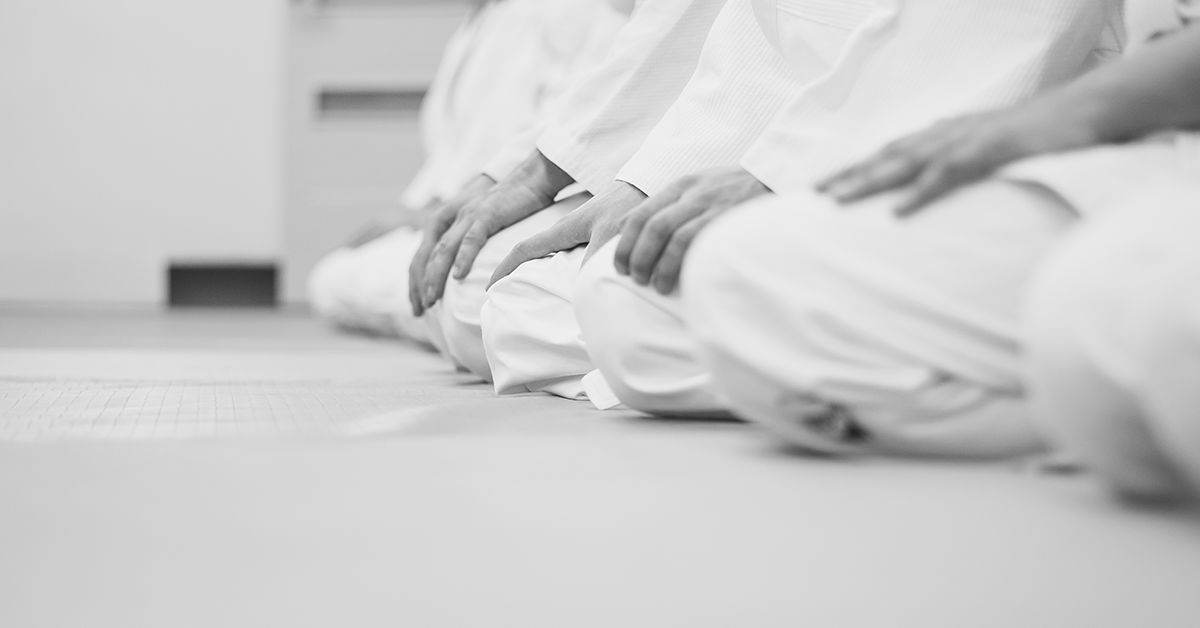Top 5 BJJ Guard Pass Positions

BJJ is the most distinctive martial art out there. The difference between BJJ and other martial arts is the guard. The guard allows the practitioner to use all four limbs to block their opponent from advancing their position amidst threatening attacks and sweeps.
Subsequently, the passing guard is deemed as the most difficult. If a practitioner masters these moves, they're prone to win every single time. But, to really win several matches, it's recommended for practitioners to learn passing positions because they're the best way to pass the guard.
The passing guard is not easy to do! The reason it's challenging to learn is that there are always hints to counter them. To pass a guard, you must know the technique and identify your opponent's weaknesses. You also have to give them more challenges to overcome. But, accomplishing this position takes more than physical attributes. It also requires one to have the right mindset.
You will become less motivated to learn if you do not enjoy passing. It takes patience and a "can do" attitude to execute these moves easily.To pass a guard, you must know these five pass positions below.
Leg Drag
The leg drag is a powerful position that allows practitioners to pass. This applies to side control, mounting, or even transitioning to the back. The leg drag is when a practitioner takes the opponent's leg and drags it across their hips. Then, they should place their hip behind the opponent's knee and pin their bottom leg beneath their shin. Honestly, there are many ways to tackle this move down. But, it's imperative to maintain a firm collar grip and downward pressure on the opponent's top leg.
One common mistake is rushing into this position. Instead, a practitioner should master the leg drag with patience. Once they've got the move down pat, they'll easily transition to another pass.
Double Under
The double under is a highly uncomfortable position for opponents. Thus, practitioners have wiggle room when executing this move. The double under is said to work in Gi and No-Gi. A practitioner must place both forearms and shoulders underneath an opponent's legs to perform the double under.
Practitioners should also have the back of the opponent's knees on their shoulders and their hands clasped in front of their hip when doing this position. With these tactics, a practitioner will gain more control of their opponent's next move.
Knee Cut
The knee cut is one of the easiest positions to get into. It's also the most popular BJJ guard pass in Jiu-Jitsu. The only dilemma is keeping your balance. In order to do this position, a practitioner needs one leg between their opponent's legs. In turn, they'll be able to hold down one of their legs to the mat.
The knee cut has certain technicalities that make it a bit tricky to do. For example, if their opponent can turn onto the side they're passing to, the practitioner will be out of luck. To prevent this, practitioners should keep the opponent's far shoulder pinned to the mat. This step can be done with an underhook or a strong stiff arm.
Balance is ultimately the key to mastering the knee cut.
Knee Staple
Like the knee cut, the knee staple is a position most BJJ players lean onto. The only difference is that the knee staple will have the practitioner pass their right leg across their opponent's left leg. While entering this position, the practitioner should secure an underhook and a cross face.
Do note, it's possible to pass guard without these moves, but it'll be more challenging. The practitioner must keep their opposite (non-stapling) leg actively tensioning their free leg. In turn, it will prevent opponents from putting them in half-guard as they initiate their pass.
Over-Under
The over-under is one of the most powerful passing positions in BJJ. It relies on consistent pressure and control of the opponent's legs to set up the pass.
To do an over-under, the practitioner needs an underhook on one leg. While it may seem similar to the knee staple, it needs to be placed lower, and the practitioner needs to grip their hips. The second arm controls the bottom leg by going over it, whether with a pants grip or a grip on the shin.
Unlike the other positions, the over-under requires practitioners to go head down and butt up to pass. As a result, they'll drive their weight through their shoulder and into the opponent's diaphragm.
The key is to keep your head glued to your opponent's hips and your elbows tight to your body.
To complete this BJJ guard pass, practitioners must walk their legs back to the center. In turn, they'll shift your hips slightly and gain side control.
In Conclusion
Learning these positions mentioned will have passionate BJJ players ready to take on any opponent. Moreover, these positions will become second nature to a practitioner. If one can execute all five positions, they are prone to win any match.
Schedule Your Class Today!

